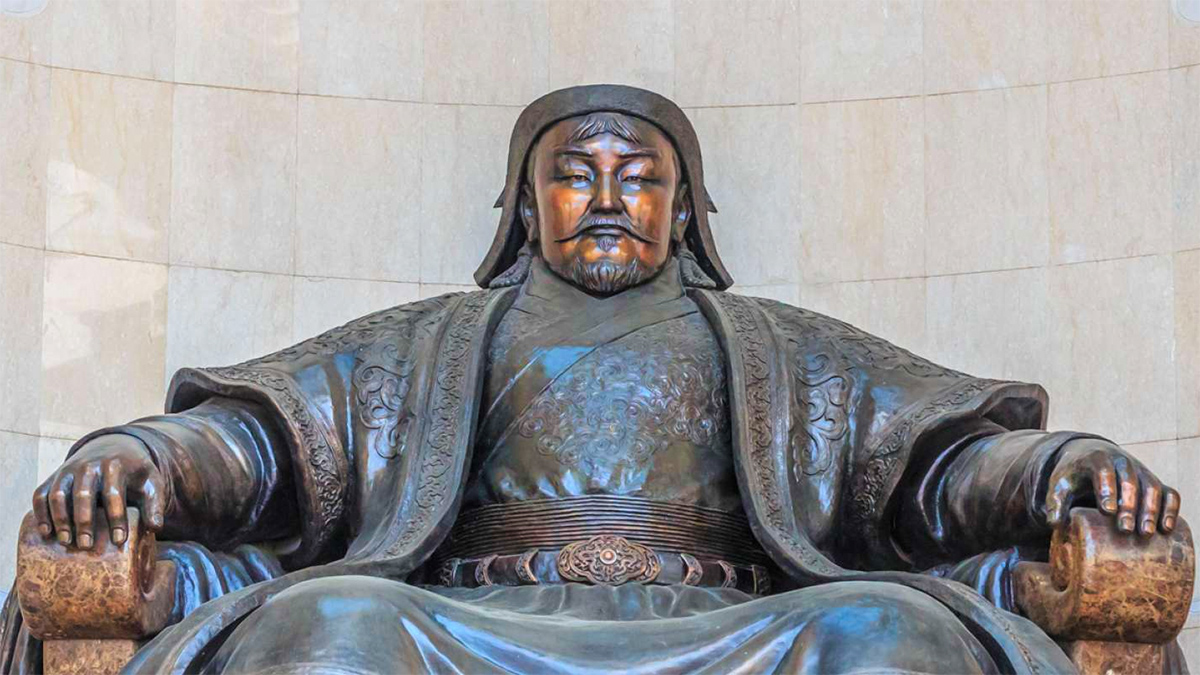Sri Lanka has three kinds of Pandanus commonly known and used and a beautiful third plant, with beautiful blue flowers.
- Rampe| රම්පෙ| Pandanus amaryllifolius

Kora-Kaha |කොරකහ| Memecylon umbellatum - Wetakeyiya | වැටකෙයියා| Pandanus kaida,
- Dunukeiya |දුනුකෙයියා| Pandanus thwaitesii
- Kora-Kaha |කොරකහ| Memecylon umbellatum
The most common and in home gardens. Used extensively in cooking in Sri Lanka and SE Asia. Most of the Sri Lankan dishes use these leaves for aroma along with curry leaves. In India it is called annapurna leaves; in Bangladesh, it is called pulao pata (পোলাও পাতা )Wetakeyiya | වැටකෙයියා| Pandanus kaida
Grows by seaside. Long thin leaves compared to Dunukeiya (දුනුකෙයියා|). Used for mats mainly by sea side communities. During the 2004 Tsunami areas that had Wetakeyiya along the shore front were protected from the full impact. Post Tsunami many programes to plant and re plant Wetakeyiya along Sri Lankas sea side. (an Evaluation in 2010)Dunukeiya |දුනුකෙයියා| Pandanus thwaitesii
Grows by rivers, paddy fields, muddy areas. Leaves broad, used for mats called Dumbara mats. Wgasahantharindu has a nice description of the process to make the mats.
Paduru: Sri Lanka's Magic Carpet
Kora-Kaha |කොර-කාහ| Memecylon umbellatum (Hindi : अंजन (Anjan) Tamil காயா (Kaya))
A tree with beautiful blue flowers. The Sinhalese name for the plant does not reflect the beautiful blue flower. More its practical side, the use of as a yellow dye. i.e. kaha කාහ means yellow
a) The leaves contain a yellow dye, a glucoside, which is used for dyeing the robes of Buddhist monks.
b) Also used for yellow colouring of reed (Dumbara) Mats
c) Historically, this plant was burnt as fuel in the production of Wootz steel also see Eleventh-Century Pittsburgh in Sri Lanka
Note: Wiki says this tree is called Ironwood. It is NOT the Mesua ferrea, the Ceylon ironwood national tree of Sri Lanka
So to put it all together
- A common home garden plant used for cooking (Rampe| රම්පෙ|Pandanus amaryllifolius)
- Related to a plant that was/is Tsunami protection (Wetakeyiya | වැටකෙයියා|Pandanus kaida)
- Related to both above used for Mats (Dunukeiya |දුනුකෙයියා| Pandanus thwaitesii)
- The First Tenuous* to an unrelated plant, that connects to the above. Kora-Kaha |කොරකහ| Memecylon umbellatum
- Yellow colouring from leaves used for mats made from Dunukeiya|
- Buddhist priests robes are dyed by flower of Kora-Kaha
- Mats used by Buddhist priests and lay people are dyed from the flower of Kora-Kaha
-
The Second Tenuous*, Use of Kora-Kaha for Wootz Steel/Damascus Steel.
- Was there not enough Kora-Kaha trees to make Steel to fight the 12th Century South Invaders.
- Or were the Sinhalese Kings busy exporting the Wootz steel/Damascus Steel to the Mid East and not enough steel to fight invaders (I dont think so, just a thought process) The Mid East Saladin was busy fighting the Crusaders eg Richard the Lion Heart.
For the Sri Lankan readers, the 12th century was the decline of the Sinhalese polity in North and establishment of the Kalinga/Tamil polity in the North
*Tenuous as in without researched back evidence.

 Genghis Khan and his empire, which lasted nearly two centuries, actually cooled the Earth.
Genghis Khan and his empire, which lasted nearly two centuries, actually cooled the Earth.